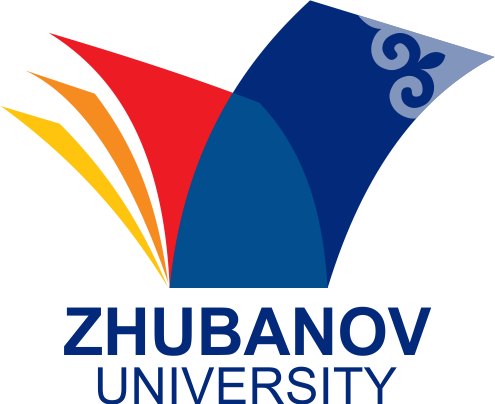Бұл мақалада отандық шикізаттарды пайдалана отырып, хроммарганецті лигатураның зертханалық жағдайда технологиясын әзірлеу көрсетілген. Зерттеу жұмысының негізгі мақсаты – хром және марганец кендерінен жоғары сапалы лигатура алу процесін оңтайландыру және оның химиялық құрамын жақсарту болып табылады. Хроммарганецті лигатура болат өндірісінде беріктік, коррозияға төзімділік және тозуға қарсы қасиеттерін жақсартатын маңызды қосымша материал ретінде қолданылады.
Зерттеу жұмысы жоғары температуралы Тамман пешінде жүргізілді. Эксперименттерде хром және марганец кендері шикізат ретінде, ал ферросиликоалюминий қорытпасы тотықсыздандырғыш ретінде қолданылды. Алынған лигатураның химиялық құрамы зерттеліп, оның өндірістік мақсаттарға сәйкес келетіндігі анықталды. Зерттеу нәтижелері хроммарганецті лигатураны тиімді алу үшін оңтайлы температуралық және уақыттық параметрлерді белгілеп, оның сапасын арттыруға мүмкіндік берді.
Бұл жұмыс болашақта металлургиялық өндірістерде хроммарганецті лигатураны өндірудің тиімді әдістерін енгізуге мүмкіндік береді. Сонымен қатар, Қазақстанның табиғи қорларын тиімді пайдалану арқылы отандық металлургия саласында жаңа технологиялық жетістіктерге қол жеткізуге жол ашады.
КАБЫЛКАНОВ С.К.
2-ші курс докторанты, Д.Серікбаев ат. Шығыс-Қазақстан техникалық университеті, Өскемен қ., Қазақстан.
E-mail: kabyl_96@mail.ru, https://orcid.org/0000-0002-1272-2065
БУРУМБАЕВ А.Г.
2-ші курс докторанты, Қарағанды индустриялық университеті, Теміртау қ., Қазақстан.
E-mail: burumbayev.azamat@mail.ru, https://orcid.org/0000-0001-5276-2259
ЖАҚАН А.М.
докторант, Торайгыров Университеті., Павлодар қ., Қазақстан
E-mail: armat.01.01@mail.ru, https://orcid.org/0009-0002-3810-0528
САДЫҚ Ж.О.
инженер, Ж.Әбішев ат. Химия-Металлургия институты, Қарағанды қ., Қазақстан
E-mail: sadzhad03@gmail.com, https://orcid.org/0009-0006-8557-1532
- Perfil'ev, V. P., Smirnov, P. V. (2014). Osnovy metallurgii: Processy vosstanovleniya metallov. Moskva: Himiya.
- Aliberti, F., Oliviero, M., Longo, R., Guadagno, L., & Sorrentino, A. (2025). Effect of crystallinity on the printability of poly(ethylene terephthalate)/poly(butylene terephthalate) blends. Polymers, 17(2), 156. DOI: https://doi.org/10.3390/polym17020156
- Almyashev, V. I., Vasilevskaya, A. K., Kirillova, S. A., Krasilin, A. A., & Proskurina, O. V. (2017). Comprehensive thermal analysis: Textbook (193 p.) (in russ.). Saint Petersburg.
- Myngzhassar, Ye. A. (2025). Development of resource-saving technology for smelting standard grades of ferrosilicomanganese from low-quality raw materials (Doctoral dissertation, PhD, specialty 8D07202– Metallurgy). Karaganda Industrial University, Temirtau, Kazakhstan.
- Cheng, L., Li, W., Li, Y., Yang, Y., Li, Y., Cheng, Y., & Song, D. (2019). Thermal analysis and decomposition kinetics of the dehydration of copper sulfate pentahydrate. Journal of Thermal Analysis and Calorimetry, 135(6), 2697–2703. DOI: https://doi.org/10.1007/s10973-018-7595-y
- Daver, F., Kajtaz, M., Brandt, M., & Shanks, R. A. (2016). Creep and recovery behaviour of polyolefin-rubber nanocomposites developed for additive manufacturing. Polymers, 8(12), 437. DOI: https://doi.org/10.3390/polym8120437


